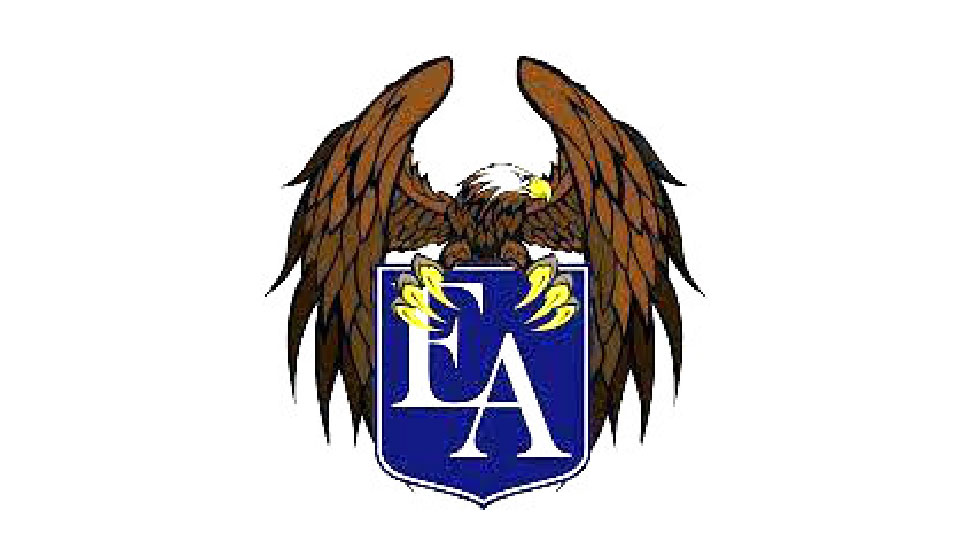 Grade 12
Grade 12
High Honors: Isaac Baker, Julia Barber, Alana Beggs, Jacob Bentley, Nickolas Berto, Gabriell Berto-Blagdon, Jack Blais, Autumn Boody, Olivia Bourque, Lilian Bray, Abrial Chamberlain, Emily Clark, Jesse Cowing, Jasmine Crommett, Isabella DeRose, Luke Desmond, Alexander Drolet, Coralie Favier, Emma Fortin, Wyatt French, Josette Gilman, Samantha Golden, Trace Harris, Isaac Hayden, Hayden Hoague, Grace Hodgkin, Rachel Huntoon, Emma Jefferson, Grace Kelso, Mallory Landry, Aidan Larrabee, Madison Lully, Isavel Lux Soc, Hunter Marr, Malcolm Martinez, Wes McGlew, Rebecca Morton, Adam Ochs, Abigail Peaslee, Tony Pedersen, Devon Polley, Lilly Potter, Sarah Praul, Riley Reitchel, Parker Reynolds, Kadince Rideout, Mackenzie Roderick, Andrew Shaw, Hannah Soule, Natalie Spearin, Lily Thompson, Daniel Tibbetts, Lily Vinci, Summer Wasilowski and Hayden Young.
Honors: Evan Butler, Lodin Chavarie, Nicholas Chavarie, Daniel Cseak, Colby Cunningham, Kaden Doughty, Abigail Dutton, Kelsie Fielder, Chase Folsom, Jenna Gallant, Ciera Hamar, Larissa Haskell, Balqis Hutami, Hunter Johnson, Madelyne Koehling, Lili Lefebvre, Shawn Libby, Reese Martin, David Martinez – Gosselin, Calvin Mason, Kaden McIntyre, Christian Moon, Brady O’Connor, Liam Perfetto, Paige Reed, Julian Reight, Ely Rideout, Nathaniel Solorzano, Hannah Strout – Gordon, Hannah Torrey and Samuel Worthley.
Grade 11
High Honors: Carson Appel, Andrew Bentley, Abigail Beyor, Eve Boatright, Katherine Bourdon, Breckon Davidson, Nicole DeMerchant, Lillian Dorval, Grace Ellis, Lilly Fredette, Loralei Gilley, Carson Grass, Cooper Grondin, Mallary Hanke, Nabila Harrington, Grady Hotham, Grace Hutchins, Olivia Hutchinson, Hallie Jackson, Kaiden Kelley, Emmet Lani-Caputo, Dale Lapointe, Dinah Lemelin, Malachi Lowery, Emily Majewski, Lily Matthews, River Meader, Angelina Ochoa, Ezra Padgett, Timber Parlin, Hannah Patterson, Kayla Peaslee, Jonathan Peil, Gabriel Pelletier, Sophia Pilotte, Kaden Porter, Alexis Rancourt, Cadence Rau, Ally Rodrigue, Noah Rushing, Gabriela Sasse, Felicia Schwab, Zuriah Smith, Sophie Steeves, Daniel Stillman, Paige Sutter, Aidan Tirrell, Mackenzie Toner, Emma Tyler, Katherine Williams and Damon Wilson.
Honors: John Allen, Molly Anderson, Kassidy Barrett, Angel Bonilla, Samuel Boynton, Alexis Buotte, Emma Charest, Nicholas Choate, Courtney Cowing, Jacob Evans, Myra Evans, Hailey Farrar, Erin Fontaine, Brianna Gardner, Reiana Gonzalez, Alivia Gower, Alexzander Hoffman, Kassidy Hopper, Beck Jorgensen, Jakob Kennedy, Meadow Laflamme, Zephyr Lani-Caputo, Joseph Lemelin, Brenden Levesque, Bryce Lincoln, Gwen Lockhart, Kendal Longtin, Brooklyn McCue, Jenna Perkins, Karen Potter, Samantha Reynolds, Sarah Robinson, Jaxson Roderick, Conner Rowe, Emmalee Sanborn, Jarell Sandoval, Sammantha Stafford, Kiley Stevens, Emma Stred, Lauren Tyler, Marianna Waldron, Colby Willey, Joseph Wing, Aidan Witham and Keanah Young.
Grade 10
High Honors: Lacey Arp, Leah Bonner, Isabella Boudreau, Heather Bourgoin, Kellsie Boynton, Robin Boynton, Elizabeth Brown, Nolan Burgess, Makayla Chabot, Elise Choate, Connor Coull, Caleigh Crocker, Brielle Crommett, Noah Crummett, Gavin Cunningham, Hailey Estes, Kaylee Fyfe, Jackson Gamblin, Caleb Gay, Leah Grant, Nathan Hall, Tara Hanley, Cristina Hart Loran, Natalie Henderson, Jessica Hendsbee, Kameron Kronillis, Stephanie Kumnick, Carol Labbe, Sydney Laird, Kiley Lee, Jack Lyons, Aidan Maguire, Richard Mahoney III, Alexia McDonald, Holden McKenney, Austin Nicholas, Jazel Nichols, Alejandro Ochoa, Jeremy Parker, Nathan Polley, Jessica Pumphrey, Giacomo Smith, Kinsey Stevens, Reese Sullivan and Baruch Wilson.
Honors: Abigail Adams, Tristan Anderson, Austin Armstrong, Duncan Bailey, Bryce Boody, Wyatt Bray, Kaleb Brown, Nathalia Carrasco, Hayden Chase, Timothy Christiansen, Simon Clark, Thomas Crawford, Keira Deschamps, Hunter Foard, Aleigha Gooding, Tucker Greenwald, Lilliane Herard, Conor Jones, Hannah Kugelmeyer, Mackenzie Kutniewski, Logan Lanphier, Sophie Leclerc, Brody Loiko, Thomas Manchini, David McCaig, Danny McKinnis, Carlos Michaud, Abigail Miller, Morgan Miller, Cami Monroe, Alexis Moon, Royce Nelson, Alyssa Ouellette, Remy Pettengill, Keith Radonis, Evelyn Rousseau, Gavin Rowe, Adam St. Onge, Lara Stinchfield, Jamecen Stokes, Ryan Tyler, Jack Uleau, Haley Webb and Elijah York.
Grade 9
High Honors: Ava Anderson, Emmett Appel, Bryana Barrett, Noah Bechard, Octavia Berto, Lauryn Black, Brooke Blais, Carter Brockway, Keenan Clark, Paige Clark, Madison Cochran, Hannah Cohen-Mackin, Lauren Cowing, Lillian Crommett, Gabrielle Daggett, Brady Desmond, John Edwards, Ryan Farnsworth, Chloe French, Clara French, Kaylene Glidden, Jonathan Gutierrez, Brandon Hanscom, Emma Henderson, Serena Hotham, Kailynn Houle, Parker Hunter, Ava Kelso, Sophia Knapp, Lucy-Anne Knowles, Bodi Laflamme, Chase Larrabee, Jack Lucier, Owen Lucier, Eleanor Maranda, Jade McCollett, Abigail McDonough, Shannon McDonough, Madison McNeff, Ella Moore, Thomas Mullens, Owen Northrup, Makayla Oxley, Ava Picard, Janessa Pimienta, Wallace Pooler IV, Carter Rau, Elsa Redmond, Justin Reed, Lillian Rispoli, Laney Robitaille, Carlee Sanborn, Joslyn Sandoval, Aislynn Savage, Kyle Scott, Jordyn Smith, Zoey Smith, Parker Studholme and Clara Waldrop.
Honors: Haileigh Allen, Leonard Balderas-Young, Lillian Balderas-Young, Geneva Beckim, Rylan Bennett, Jayda Bickford, Kaleb Bishop, Landen Blodgett, Olivia Brann, Dylan Cooley, Andra Cowing, Kaden Crawford, Trinity DeGreenia, Aydan Desjardins, Lucas Farrington, Kaylee Fortier, Kenneth Fredette, Wesley Fulton, Ellie Giampetruzzi, Tristan Goodwin, Trent Haggett, Echo Hawk, Landen Hayden, Walker Jean, Montana Johnson, Rion Kesel, Kaiden Kronillis, Ayden Malmstrom, D’andre Marable, Justice Marable, Kaeleigh Morin, Addison Mort, Colin Oliphant, Noah Pelletier, Sadie Pierce, Bronwyn Potter, Alyssa Pullen, Zeke Ramsay, Nathan Robinson, Achiva Seigars, Larissa Steeves, Katherine Swift, Grant Taker, Grace Vashon and Taylor Wright.
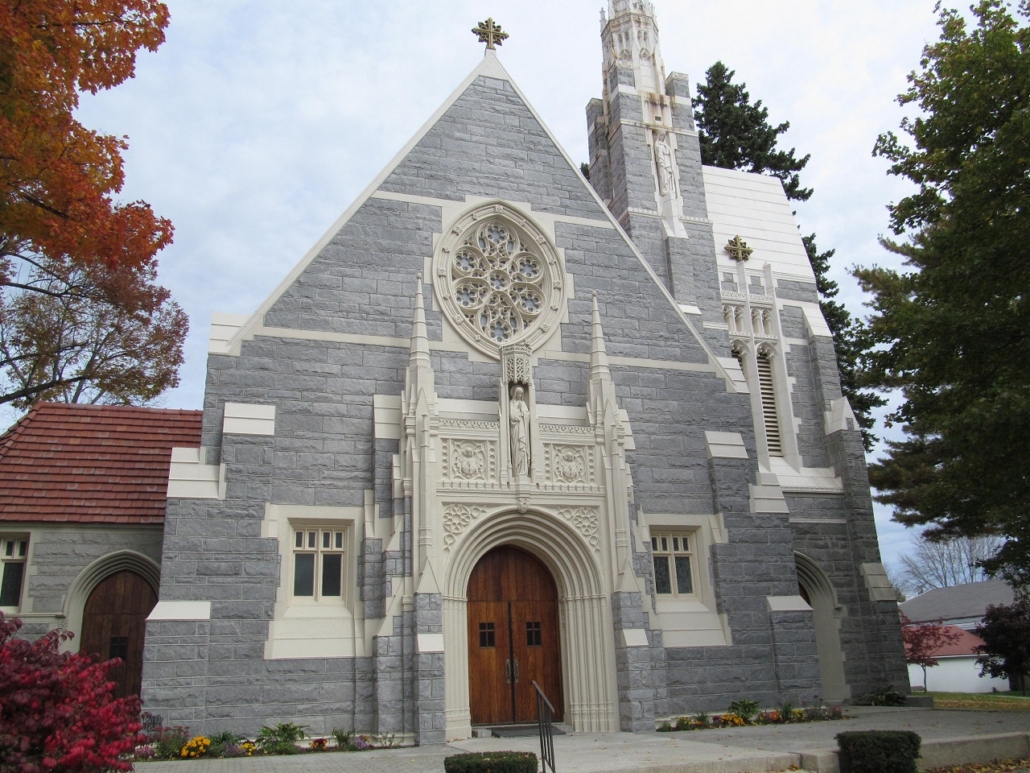


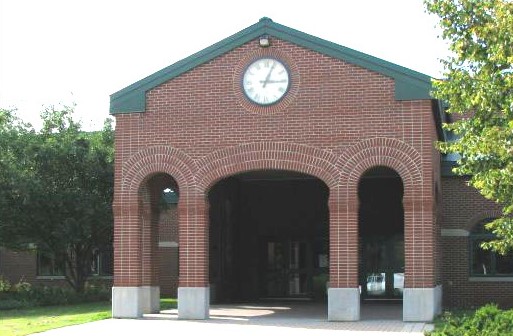


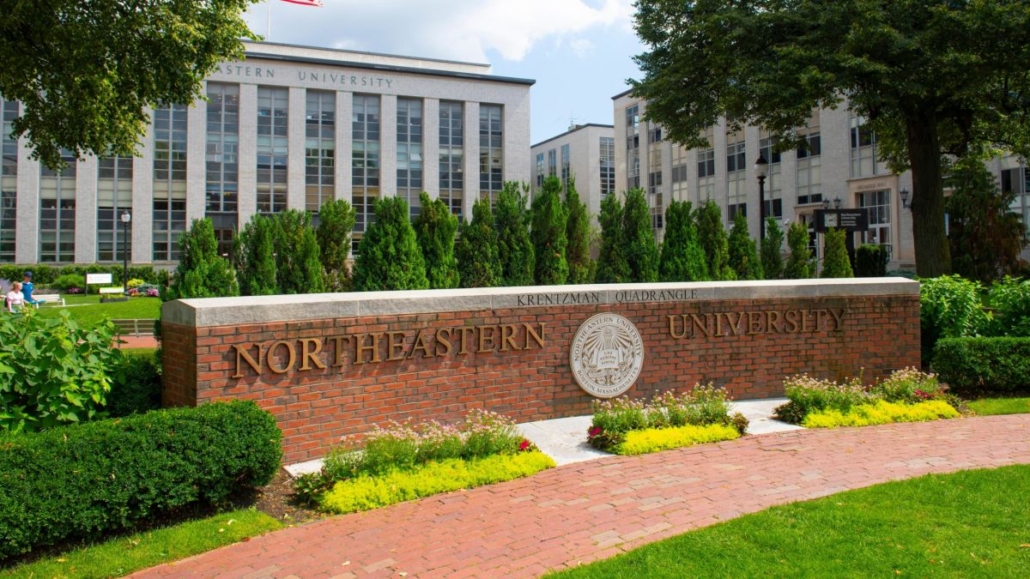 Northeastern University, in Boston, Massachusetts, is pleased to recognize those students who distinguish themselves academically during the course of the school year. The following local students were recently named to the University’s dean’s list for the Fall semester, which ended in December 2021.
Northeastern University, in Boston, Massachusetts, is pleased to recognize those students who distinguish themselves academically during the course of the school year. The following local students were recently named to the University’s dean’s list for the Fall semester, which ended in December 2021.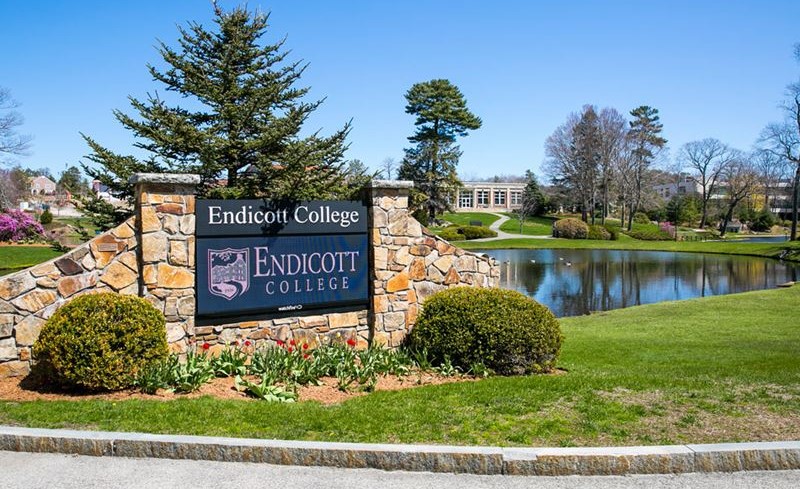 Endicott College, in Beverly, Massachusetts, the first college in the U.S. to require internships of its students, is pleased to announce its Fall 2021 dean’s list students. In order to qualify for the dean’s list, a student must obtain a minimum grade point average of 3.5, receive no letter grade below “C,” have no withdrawal grades, and be enrolled in a minimum of 12 credits for the semester.
Endicott College, in Beverly, Massachusetts, the first college in the U.S. to require internships of its students, is pleased to announce its Fall 2021 dean’s list students. In order to qualify for the dean’s list, a student must obtain a minimum grade point average of 3.5, receive no letter grade below “C,” have no withdrawal grades, and be enrolled in a minimum of 12 credits for the semester.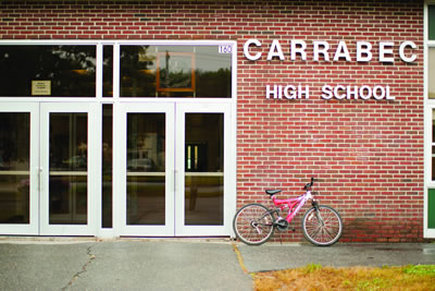
 Grade 12
Grade 12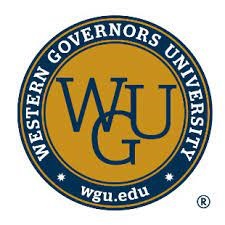 Bethanie Farr, of Winslow, has earned an Award of Excellence at Western Governors University College of Health Professions, in Jersey City, New Jersey. The award is given to students who perform at a superior level in their course work.
Bethanie Farr, of Winslow, has earned an Award of Excellence at Western Governors University College of Health Professions, in Jersey City, New Jersey. The award is given to students who perform at a superior level in their course work.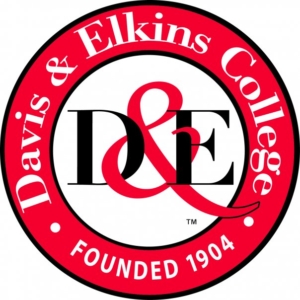 Kaitlin Dixon, of Solon, a student at Davis & Elkins College, in Elkins, West Virginia, has been named to the president’s list for the fall 2021 semester. The president’s list includes all full-time students with a 4.0 GPA for the semester.
Kaitlin Dixon, of Solon, a student at Davis & Elkins College, in Elkins, West Virginia, has been named to the president’s list for the fall 2021 semester. The president’s list includes all full-time students with a 4.0 GPA for the semester.